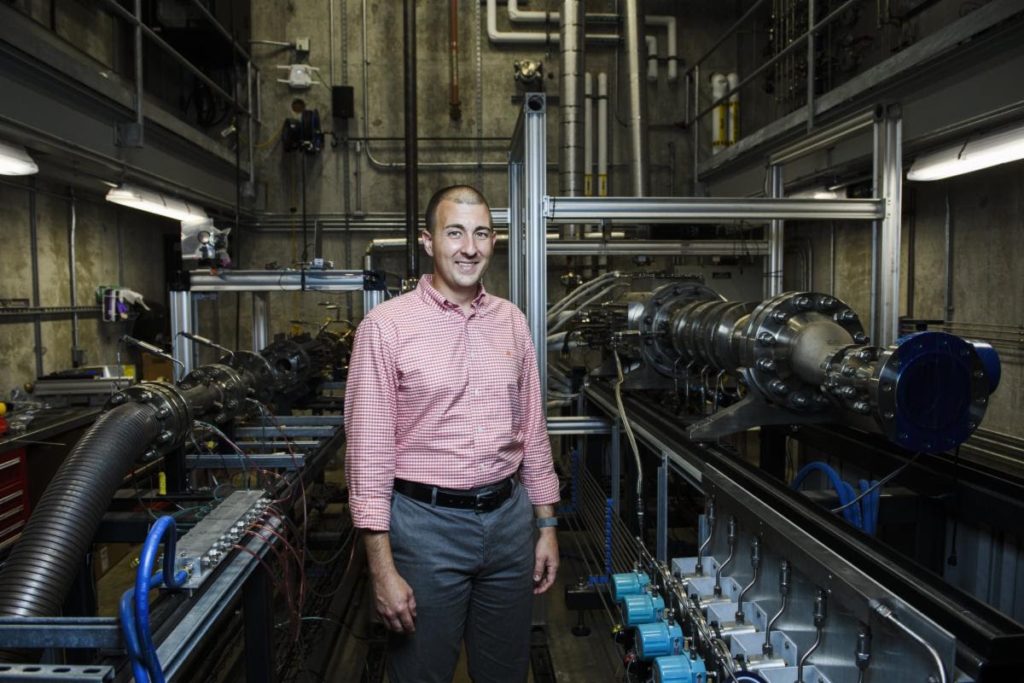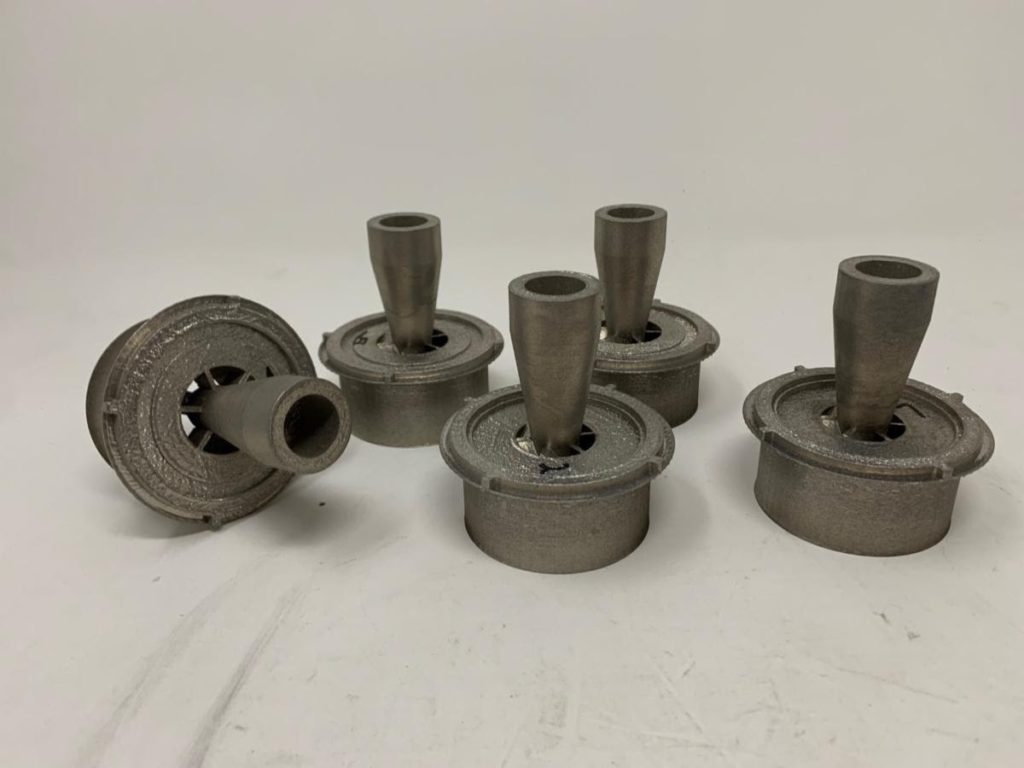“Supersonic” is clearly one of the biggest buzzwords in the aerospace sector these days. Supersonic air travel is that which occurs at speeds between just above the sound barrier (Mach 1), up to about five times that (Mach 5). Militaries around the world (as well as the largest commercial airlines) seem to have developed amongst themselves a rough consensus that the supersonic range is the target threshold for the next generation of aircraft performance.
At the same time, in a most striking example of techno-optimists’ constant attempts to leapfrog over themselves, the hypersonic range has also been getting increasing amounts of attention lately. Defined as speeds above Mach 5 (around 3,500 mph at sea-level), hypersonic “aircraft” (missiles) were in the news earlier this year, when the Pentagon announced that the US military had tested its “Hypersonic Air-breathing Weapon Concept” (HAWC) in mid-March.

In turn, it was inevitable that research programs concerned with high-speed combustion systems — like the Slabaugh Group, at Purdue University’s Zucrow Labs — would continue ramping up their inquiries into what happens in hypersonic environments. And, as they do so, the researchers at such institutions turn more and more to solutions provided by metal additive manufacturing (AM) firms, like VELO3D.
In a press release, Carson Slabaugh, head of the Slabaugh Group research team at Zucrow Laboratories, explained, “Effectively, if you want to test a hypersonic vehicle on the ground you build a rocket engine with a big converging-diverging nozzle and a supersonic plume of extremely hot gas; the ‘fireball’ that the vehicle is flying through. …With VELO3D, we’re designing the injectors for that combustor to produce very specific turbulent flow fields that mix fuel at a certain rate and allow us to stabilize a very powerful flame in a very compact volume. This creates the conditions for all the things we’re going to test downstream.”

Basically, the team at Purdue used VELO3D’s Sapphire machine to build a rocket engine (“a very large 3D printed burner,” according to Slabaugh) that was bolted into the ground with concrete. In practical terms, AM was so integral to this process primarily due to the researchers’ need to test different fuel injectors in a wide variety of complex shapes.

Aside from the increased difficulty or even impossibility of producing the same shapes with conventional manufacturing, AM allowed the Slabaugh Group to print a large number of slightly different designs, as quickly as possible. In addition to VELO3D’s Flow Software system, the team praised the minimal post-processing involved as a major advantage to the company’s hardware. Resultantly, the researchers were able to select the best design for “full-scale hypersonic test experiment capability” in a matter of only about 2 weeks. The Slabaugh Group plans to begin those tests this fall.
VELO3D’s indispensability to this project, in particular, perfectly exemplifies the current trajectory that the company is on. Purdue has been a tone-setter for R&D in the broader field, and that state-of-affairs seems likely to continue. This of course doesn’t on its own mean that VELO will become a leader in AM applications for hypersonic technologies, but it certainly doesn’t hurt.
Images courtesy of Purdue University
Subscribe to Our Email Newsletter
Stay up-to-date on all the latest news from the 3D printing industry and receive information and offers from third party vendors.
You May Also Like
The Third World War & The Disruption of US Military Power
A Reddit user once remarked, “The most terrifying capability of the United States military remains the capacity to deploy a fully operational Burger King to any terrestrial theater of operations...
Australia to Go Orbital: Gilmour Space Gears up for Historic Launch
Australia is on the brink of a historic achievement in space exploration. Gilmour Space Technologies, a pioneering company based on the Gold Coast, has secured the nation’s first-ever orbital launch...
3D Printing Webinar and Event Roundup: November 10, 2024
We’ve got another busy week ahead of webinars and events around the world! There are multiple open houses and conferences, advanced AM training, a 3D printer launch event, our own...
3D Printing News Briefs, November 9, 2024: Concept Car, Afloat 3D Printing, & More
In today’s 3D Printing News Briefs, we’ll start with business, as Anisoprint appointed AM industry veteran Tuan TranPham as President of the Americas and APAC. Then we’ll move onto automotive...




































